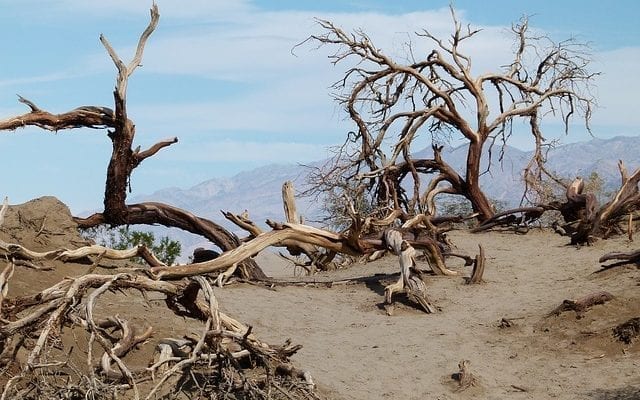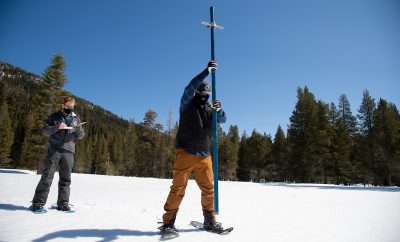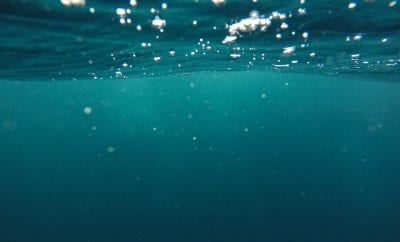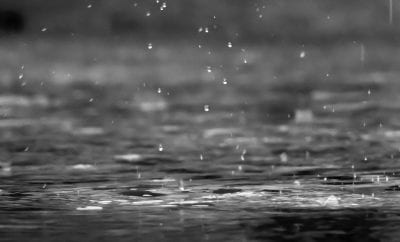
News
July 2018 in Death Valley was the Hottest Month Ever Recorded on Earth
This summer, Southern California has seen some record high temperatures, but we’re living in relative paradise when compared to Eastern California’s Death Valley. Known for being one of the hottest places on Earth, Death Valley has recently seen temperatures skyrocket, claiming the title of “The hottest month ever recorded on Earth.”
The month of July saw average temperatures of a sweltering 108.1 °F (42.2 °C), with average of lows of 90 °F (32.2 °C). Additionally, Death Valley saw temperatures in excess of 127 °F, nearing its 1913 recorded temperature of 134 °F, the hottest temperature ever recorded on Earth.

Why is Death Valley so hot?
Its geographic location makes it a favorable place for producing the hottest temperatures on Earth. This is due to a number of reasons. The area is located in a region of descending air, making it difficult for clouds to form. Since Death Valley is below the sea level, the atmosphere is compressed, causing it to quickly warm. With the lack of water, solar energy doesn’t have any liquid to evaporate, so it is dedicated to warming the ground, causing temperatures to rise. Finally, Death Valley sits to the immediate east of a mountain range, meaning it is located in a rain shadow, with little precipitation hitting it.
Death Valley still receives a steady stream of tourism as people visit the lowest point in North America to pose next to the visitor center’s digital thermometer. The extreme heat in Death Valley is a serious matter, with one visitor dying from the heat, according to the Review Journal. In extreme heat like this, it is common for water mains to rupture in the baking dirt, while “cold” tap water comes out faucets similar to the temperature of a normally nice dip in a jacuzzi. Water is an absolute necessity, with dehydration quick to set in if you’re out in the sun. Residents huddle into public areas like libraries, movie theatres, and restaurants, with the air-conditioned units cranked up to create a microenvironment giving them a brief reprieve from the heat.
What animals live in Death Valley?

Despite its name, Death Valley is home to many species who have adapted to the harsh climate. Bighorn sheep are able to go without water for several days, losing up to a third of their body weight due to dehydration, and drinking several gallons in one sitting to fully recover.
Kangaroo rats do not need to drink water their entire lives! They can survive on water digested from their seedy, vegetarian diet and conserve their body’s water by releasing very concentrated urine and dry feces.
The desert tortoise, unable to regulate its own temperature, spends most of its 80-year lifespan in its burrow. During the hottest times, tortoises estivate, or enter a state of dormancy, that allows them to conserve energy and save water.
The jackrabbit, another common desert creature, stays cool by releasing heat from its over-sized ears. When the rabbit retreats into the shade, warm blood from its core circulates through blood vessels in its ears, where heat is lost to the surrounding air.





0 comments